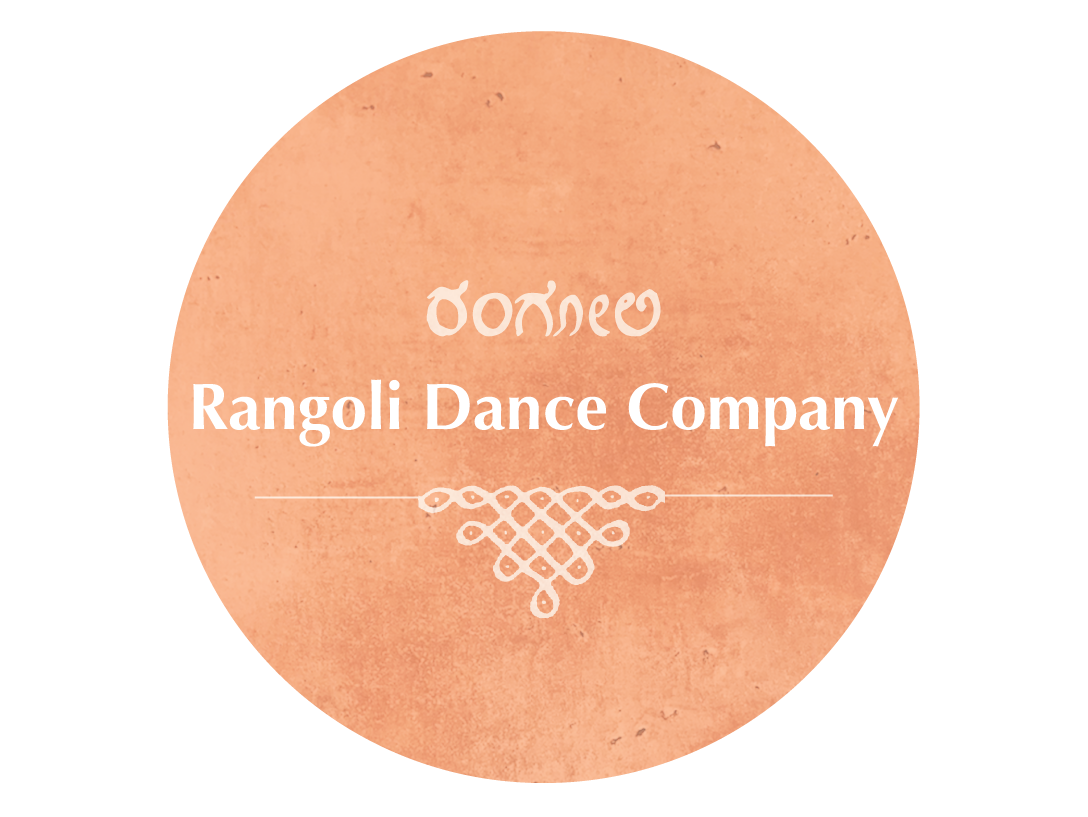Classes
Bharatanatyam Dance Classes (all levels)
Instructor: Malathi Iyengar
Information regarding classes & tuition, please contact: malathisiyengar@gmail.com
Introduction to Bharatanatyam Levels 1 & 2 (Virtual & In Person)
Instructors: Sheila Aula (Current), Nishitha Viswanathan (Current), Shivani Aysola & Vyshnavi Aysola
Information regarding classes & tuition, please contact: dance.rangoli@gmail.com or malathisiyengar@gmail.com
Bharatanatyam
Bharatanatyam is one of the oldest and most popular dance forms of the world today. The antiquity of Bharatanatyam has been traced to several manuscripts including ‘Natya Shastra’ (speculated to be at least 2000 years old) written by Bharata Muni, a comprehensive treatise on the performing arts of India. Bharatanatyam, once danced within the temple precincts moved to the proscenium in the early part of 20th century. The technique and dance style of Bharatanatyam has been evolving continuously over centuries.
Bharatanatyam is generally accompanied by Karnatic music, classical music of south India. ’Bhava’ (expression), ’Raga’ (melody), ’Tala’ (rhythm) are some of the basic elements of this dance form. The three main aspects of Bharatanatyam are: ’Nritta’ (pure dance movement with no interpretive meaning), ’Nritya’ (combination of rhythm, intricate hand gestures, expressions, narratives, facial and eye movements), and ’Natya’ (element of drama and story telling).
The Course of Learning
The learning emphasizes the physical activity of ‘Bharatanatyam’ and integrates aspects such as developing cultural awareness and appreciation for Indian art and custom. An outline of history, literature, music, language, and visual arts as related to the dance form is rendered to students in the course of learning. Students are introduced to basic stance, steps, rhythms, cross rhythms, dance phrases, gestures, and expressions. Students are guided to get a feel for the technique and learn small dances including ‘Kautuvams‘, ‘Alarippu‘, and ‘Shlokas‘.As students progress, they learn a ‘margam’ (repertoire) or several ’margams’ including ‘Jatiswarams‘, ‘Kritis‘, ‘Varnams‘, ‘Padams‘, and ‘Thillanas‘. Students also learn sophisticated compositions of great music composers and are further introduced to Choreography, Improvisation, and the art of ‘Nattuvangam’ (wielding cymbals and reciting rhythmic compositions).
Depending upon the resources and availability of musicians, a movement experience with live music may be scheduled for students of all levels to demonstrate the importance of rhythm, expression, and melody in music and dance. This is likely to happen during one of the two regularly scheduled events: The Annual Dance Showcase or ‘Vijayadashami’ Celebrations.
Students who demonstrate a potential towards high artistic caliber and a passion for dance, are encouraged to perform solo dance debuts (Arangetram), apprentice as teachers, participate in Malathi Iyengar’s choreographic works, Rangoli Dance Company performances, workshops, and other professional performing opportunities.
Arangetram (Solo Dance Debut)
Arangetram literally means, “ascending the stage.“ This debut performance of a Bharatanatyam artist marks the completion of initial training. This is an opportunity for the artist to acquire advanced repertoire, experience, knowledge, and to develop his/her artistic pursuits and embark upon a creative journey. The dancer performs carefully selected dances from his or her repertoire (Margam) before an audience of critics, artists, and well-wishers. The dancer offers the performance to the dance divinity Lord Nataraja and to the teachers. The aspiring artist, by means of dedicating himself / herself to the classical art form, not only experiences the teacher-student relationship but also seeks to find the path of devotion towards a higher living. Malathi Iyengar’s disciples who have performed their solo dance debuts (Arangetram).
Artistic Lineage ‘Pandanallur/Tanjore’
Malathi Iyengar, disciple of Guru Narmada (1942 – 2007), Bangalore, Karnataka, India)
Guru Narmada, disciple of Guru Kittappa Pillai (Tanjore, Tamil Nadu, India)
Guru Kittappa Pillai (1913 – 1999), direct descendant of the Tanjore Quartet (19th century), Tamil Nadu, south India
Guru Narmada, herself a recipient of many prestigious national and state awards encouraged her disciples to retain individuality and creative freedom within the classical guidelines.
Guru Kittappa Pillai’s artistic lineage was rich with maternal grand father being ‘Pandanallur Meenakshisundaram Pillai’ and paternal ancestors being the legendary music and dance masters, the ‘Tanjore Quartet’ (Chinnaiah, Ponnaiah, Shivanandam & Vadivelu).
The exceptionally gifted brothers called as ‘Tanjore Quartet’ were heirs to a very rich oral tradition in classical music and dance. The Tanjore Quartet brothers responsible for present day Bharata Natyam format called as the ‘Margam‘, were much sought after teachers by the temples & royal courts of Tanjore (Tamil Nadu), Mysore (Karnataka), and Kerala.


